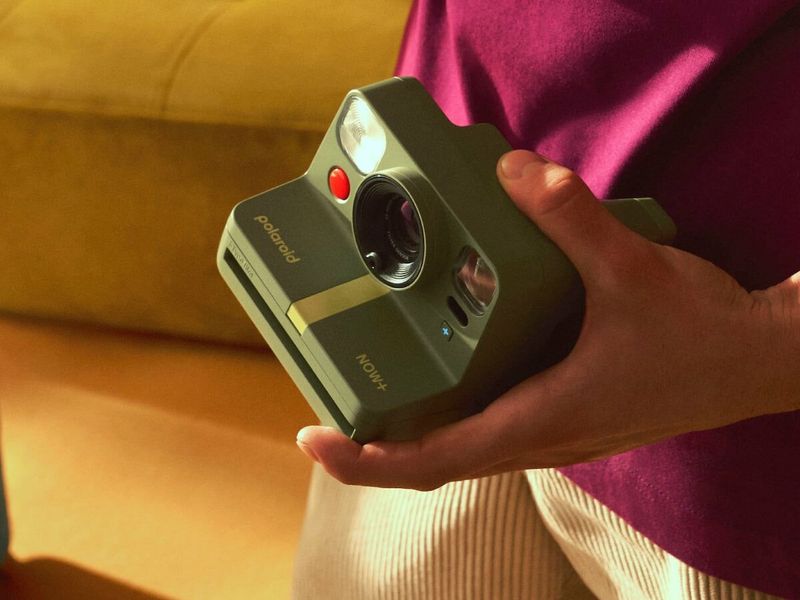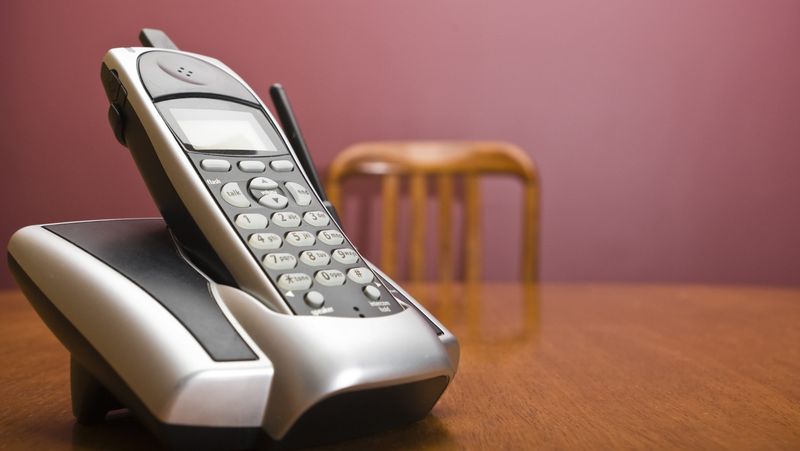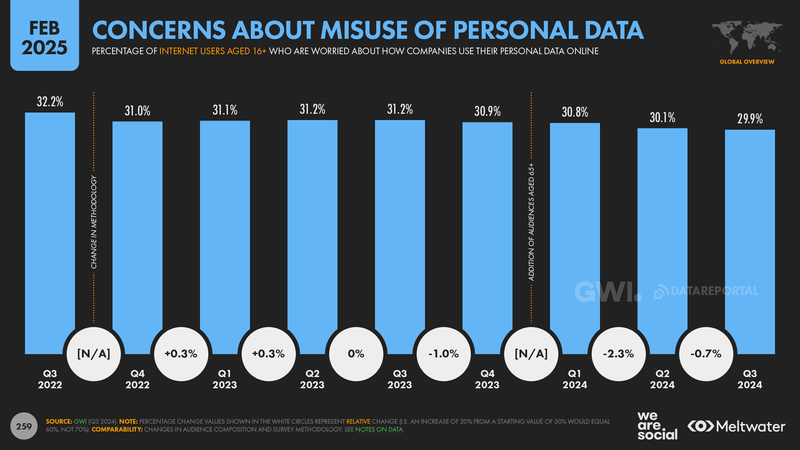In a world constantly driven by innovation, some timeless Boomer memories have proven to be more resilient than anticipated. Once deemed relics of the past, these cherished memories have resurged in popularity, surprising experts who predicted their demise. From the warm crackle of vinyl records to the simple pleasure of handwritten letters, these 17 items offer a nostalgic yet fresh perspective on trends that never truly went out of style. Join us as we explore why these iconic memories have defied the odds and captured the fascination of new generations.
1. Vinyl Records (They Said It Was Dead)
The crackle of a vinyl record spinning on a turntable is a sound many thought would fade into obscurity. Experts in the music industry once declared vinyl dead, replaced by the digital clarity of CDs and the convenience of streaming. However, vinyl’s tangible charm has made a strong comeback.
In 2020, vinyl sales surpassed CDs, proving that the medium’s tactile experience and authentic sound resonate with both old and new audiences. Collectors and audiophiles alike revel in the ritual of selecting a record, dropping the needle, and immersing themselves in music as an art form.
2. Thrift Store Shopping (Once Seen as “Cheap”)
Once considered a sign of frugality, thrift store shopping was a hallmark of Baby Boomer practicality. Today, however, it’s seen in a new light—one of sustainability and unique fashion finds. Younger generations, particularly Gen Z, have embraced thrifting as both an environmental choice and a trendy way to express individuality.
Social media platforms are awash with tips and tricks for finding the best deals and hidden gems, making thrifting a popular pastime. It has transformed into an exciting hunt, where each visit promises the possibility of discovering something truly special and one-of-a-kind.
3. Home Cooking (Fast Food Was the Future)
Fast food chains and convenience meals were once hailed as the future of dining, but the art of home cooking has reclaimed its place in the culinary world. Baby Boomers, who grew up with family meals, are witnessing a resurgence of home-cooked dinners.
The pandemic sparked a renewed interest in cooking, as people sought comfort in familiar recipes and tried their hand at baking sourdough bread. Meal kits and online recipes have made home cooking accessible and fun, encouraging everyone from novices to experienced cooks to explore their kitchens with renewed enthusiasm.
4. Polaroid & Film Cameras (Obsolete, Right?)
Despite digital photography’s dominance, the nostalgic allure of Polaroid and film cameras has captured the fascination of a new generation. Instant cameras, once believed obsolete, hold a charm that digital can’t replicate—the anticipation of developing film and the unique quality of each shot.
The hashtag #FilmIsNotDead has taken social media by storm, celebrating the imperfections and artistic possibilities inherent in film. For many, it’s not just about capturing an image but creating a tangible memory that can be held, shared, and cherished.
Film photography clubs and communities are thriving worldwide.
5. DIY Home Repairs (Before YouTube Tutorials)
Long before YouTube tutorials, Baby Boomers were the original DIY enthusiasts, tackling home repairs with grit and resourcefulness. This trend is experiencing a revival, as economic factors encourage younger generations to acquire skills once thought obsolete.
Millennials and Gen Z are rolling up their sleeves, learning plumbing, carpentry, and electrical work to save costs and gain independence. Online forums, how-to guides, and workshops have become invaluable resources for novice fixers. The satisfaction of completing a project with one’s own hands offers a sense of accomplishment and empowerment unmatched by outsourcing.
6. Sewing & Mending Clothes (Fast Fashion Killed It?)
Once a necessary skill for extending the life of clothing, sewing and mending are enjoying a fashionable comeback. As fast fashion’s environmental impact becomes clearer, people are gravitating towards more sustainable practices.
Visible mending—a trend where repairs are highlighted rather than hidden—has grown popular on platforms like TikTok. It allows individuals to express creativity while making sustainable choices. Upcycling old garments into new, stylish pieces has captivated the imaginations of many, turning what was once a mundane chore into a creative and fulfilling hobby.
Mending circles and workshops have sprung up across communities.
7. Landline Phones (They Laughed… Until the Blackout)
In an era dominated by smartphones, the humble landline phone was left for dead. However, its ability to function during power outages has rekindled interest among survivalists and those prioritizing reliability. Baby Boomers, familiar with its steadfast presence, now share their appreciation with a younger audience.
In emergencies, the landline’s resilience becomes invaluable, a link to communication when all else fails. As more people seek ways to stay connected off-grid, landlines are making an unexpected comeback, reminding us that sometimes old technology can still hold the upper hand.
8. Saving Money in Cash (Not Just Digital)
In an increasingly cashless world, Baby Boomers’ habit of saving emergency cash has found new relevance. Recent economic uncertainties and cyber threats have renewed interest in keeping physical money on hand.
This age-old practice offers a sense of security that digital currencies can’t match, providing a tangible safety net when electronic systems fail. As discussions about financial stability grow, more people are embracing cash as a reliable backup, appreciating its simplicity amidst complex digital transactions.
The image of a piggy bank, once a symbol of childhood savings, is being reimagined for adult financial preparedness.
9. Board Games (Video Games Would Replace Them)
Once threatened by the rise of video games, board games have experienced a renaissance. Baby Boomers, who cherished family game nights, are thrilled to see this trend passed down to new generations.
Board game cafes and themed events have sprung up worldwide, offering a shared experience that digital games often lack. Games like Dungeons & Dragons have become cultural phenomena, drawing players into imaginative worlds.
The tactile nature of board games, coupled with the social interaction they promote, offers a refreshing break from screens, bringing people together in a way that feels both nostalgic and new.
10. Handwritten Letters (Supposedly “Extinct”)
In a digital age where communication is instant, the handwritten letter was nearly forgotten. Yet, its revival reflects a longing for personal connection and authenticity. Baby Boomers, who once relied on letters, now share this joy with tech-savvy individuals seeking more meaningful exchanges.
Writing by hand invites reflection and care, turning a simple note into a cherished keepsake. Calligraphy and pen pal communities have blossomed, offering a creative outlet and fostering global friendships. Despite the speed of emails and texts, the handwritten letter remains a powerful reminder of the importance of thoughtful communication.
11. Gardening (Not Just for Retirees)
Gardening, once viewed as a retirement pastime, is now a thriving trend among all ages. Baby Boomers, who cultivated Victory Gardens, are delighted to see younger generations embracing this sustainable hobby.
Urban farming, houseplants, and the #PlantTok movement have made gardening accessible and appealing. Whether in apartments or backyards, people find joy in nurturing plants, growing their own food, and connecting with nature. It’s more than just a hobby; it’s a way to contribute to environmental efforts and enjoy the therapeutic benefits of working with soil.
Community gardens are fostering connections across generations.
12. Driving Stick Shift (“Automatic Is the Future”)
As automatic transmissions became standard, the art of driving stick seemed destined for obscurity. Yet, enthusiasts have ensured its survival, drawn by the control and engagement it offers. Baby Boomers, who mastered the clutch pedal, now witness a new appreciation for manual driving.
Concerns about electric vehicles and a desire for authentic driving experiences have fueled interest in stick shifts. Car clubs and driving schools are seeing increased demand from those eager to learn. For many, it’s not just about driving; it’s about savoring every shift and curve, a dance between driver and machine.
13. Library Cards (Google Killed Libraries?)
In the age of Google and e-books, libraries were predicted to become obsolete. However, library cards have become tickets to discovery for young people rediscovering these communal spaces. Baby Boomers, lifelong library patrons, now share their love of books with a tech-savvy generation.
Libraries offer more than just books; they provide free access to knowledge, Wi-Fi, workshops, and community events. The tactile experience of browsing shelves and the quiet camaraderie of shared spaces appeal to those seeking refuge from digital noise.
Libraries continue to be cultural hubs, fostering learning and connection.
14. Sit-Down Family Dinners (Replaced by Screens?)
Fast food and TV trays once threatened the tradition of sit-down family dinners. However, the trend has returned as families seek intentional time together. Baby Boomers, who grew up with these meals, now see a new generation embracing the practice for health and wellness.
Family dinners offer a chance for connection, fostering communication and shared experiences. The simple act of gathering around a table has become a mindful practice, promoting balance in a fast-paced world.
It’s a return to basics, where mealtime is more than just eating—it’s an opportunity to strengthen bonds and create lasting memories.
15. Anti-Consumerism (Before Minimalism Was Cool)
Long before minimalism was a buzzword, Baby Boomers practiced anti-consumerism out of necessity. Repairing and reusing were everyday habits, and now, these practices are gaining traction once again.
The “de-influencing” movement encourages mindful consumption, rejecting the excesses of modern consumerism. Social media influencers advocate for quality over quantity, promoting a lifestyle that prioritizes experiences over possessions. This shift resonates with those seeking simplicity and sustainability.
As clutter gives way to clarity, the trend underscores a timeless truth: true fulfillment comes from living with intention and valuing what truly matters.
16. Reading Physical Books (E-Books Would Win)
E-books were once hailed as the future of reading, yet the tactile pleasure of physical books has endured. Baby Boomers, lifelong readers, have watched as younger generations rediscover the joy of turning pages.
Bookstores, once feared extinct, are thriving as community spaces offering author events and cozy reading corners. The resurgence of book clubs and literary festivals celebrates the shared experience of reading. Holding a book, feeling its weight, and hearing the rustle of pages are sensations that digital formats can’t replicate.
Physical books offer an escape, a journey into worlds both new and familiar.
17. Privacy Concerns (Before Data Leaks)
In a world before data breaches and cyber threats, Baby Boomers were already cautious about privacy. This concern has become increasingly relevant as data leaks and surveillance issues dominate headlines.
Young people are now more aware of the importance of protecting personal information, opting to delete apps and reassess digital footprints. The rise of privacy-focused technology reflects a growing demand for control over one’s data.
As awareness grows, individuals are taking proactive steps to safeguard privacy, echoing the cautionary practices of earlier generations, who understood that privacy is a fundamental right worth preserving.

















